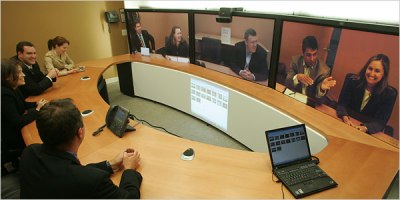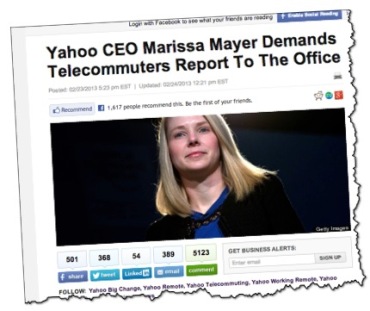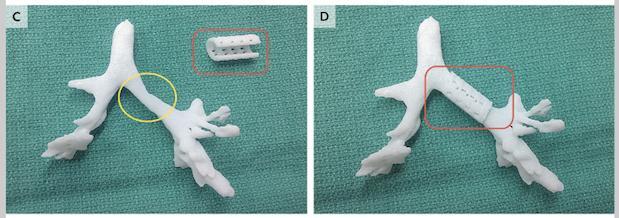There are increasing calls for profound reform of intellectual property. This is a subject close to heart that we touched on in our posts Patent trolls and the end of conventional intellectual property and How patent litigation cost half a trillion dollar inefficiency in the last 20 years!.

What are the evolutions lately? This paper by Joseph Stiglitz “Lives versus profit” summarizes the incredible issue of companies that try to patent our genes, at the expense of us all. According to Joseth Stiglitz, “More broadly, there is increasing recognition that the patent system, as currently designed, not only imposes untold social costs, but also fails to maximize innovation“. And further, “unbalanced intellectual-property regimes result in inefficiencies – including monopoly profits and a failure to maximize the use of knowledge – that impede the pace of innovation“.
Things seem to be changing in the perception of lawmakers. A new proposed bill could end the worst patent troll behavior by simply getting them where are the most vulnerables – money. Read more about this initiative in the paper ‘Death to patent trolls: How a new bill could slay technology’s worst parasites‘. Patent trolls are just a nasty way of doing business by taking advantage of real innovators through old tactics such as intimidation and brutal force in front of a court. Let’s hope this bill will pass and be effective.
Reform of our intellectual property regime, one of the most important institutions of the Industrial Age, is a prerequisite for moving straight into the Collaborative Age. Those countries that will overcome the particular interests of some of their industries to reform effectively this field will have a significant competitive advantage. Why are so few doing it?











